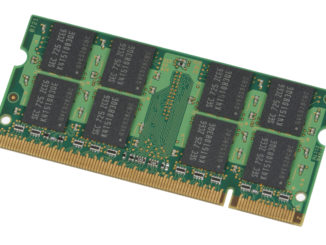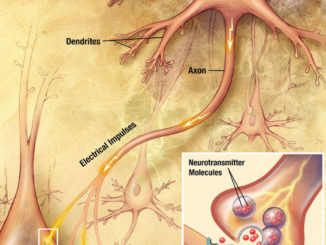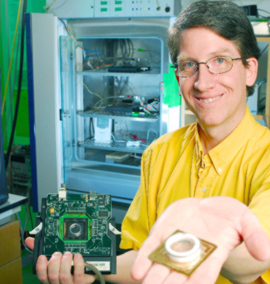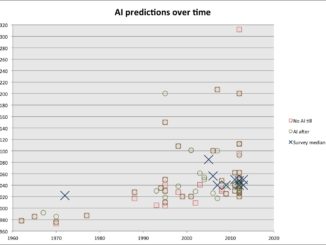
AI Timelines

AI Timelines

AI Timelines

AI Timelines

AI Timelines

AI Timelines

AI Timelines

AI Timelines

Accuracy of AI Predictions

Accuracy of AI Predictions

Accuracy of AI Predictions